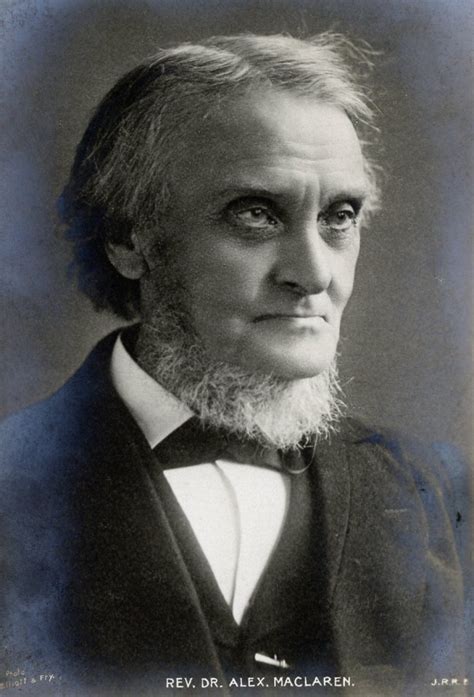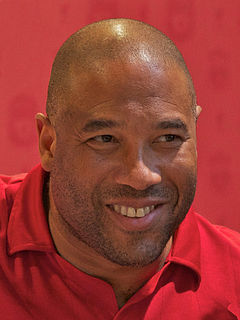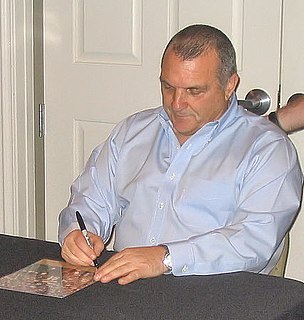Top 96 Quotes & Sayings by Scott D. Anthony
Explore popular quotes and sayings by Scott D. Anthony.
Last updated on April 13, 2025.
Bring different groups together internally, send them out to visit other companies, or bring in interesting speeches. Show that you love learning by having people on staff whose job it is to explore without any near-term metrics. Publicly shut a project down and talk about what a great job a team did because they learned so much. And so on.
When we are looking at ideas, we really are thinking of three things. Are you doing something that seems consistent with the patterns of success? Are there reasons to believe you have or can access the right people to make it happen? Can we play a unique role in enabling success? We all have our rules of thumb, I suppose.
In the strengthening the core job, a leader can draw on their past experiences. After all, in most cases they did the job of the people that are reporting to them! So they know when something is screwed up, they know the risks worth taking, and they know the corners to cut. But when they are creating the new, no one knows what the right answer is.
The CEO should ask what he or she can do to raise the organization's curiosity quotient. One way to do this is to seek to learn more about current or prospective customers, not to figure out which segmentation model to slot them into, but to really understand them as human beings. Another is to live at the intersections where innovation magic occurs.
We've got some great big problems in our world. We have to figure out how to feed 10 billion people. Too many people can't access clean water, quality healthcare, and reasonable education. We have to figure out what to do about climate change, income inequality, and more. Innovators need to rise to the challenge!
I find social media as fun and engaging as the next person, but imagine if all the creative talent that was pouring into finding increasingly clever ways for us to broadcast daily banality (and then serve ads based on what is learned) instead focused on some of the UN Millennium goals? The world would be a better place.
People will try to copy what they can see, which is the final product or service, but it's much harder to see (and copy) all the intricacies of the business model that allows you to create, capture, and deliver value. And that's what you need to get right to really jam something down people's throats!
First you document your idea. You should be comprehensive, but that doesn't mean you have to produce a doctoral thesis length plan. Rather you want to make sure you have touched all the different things that have to happen to succeed. Then, you evaluate your approach. The goal here isn't to figure out if your idea is good or bad, but rather to begin to figure out what are some of its weakest elements.
One of the biggest mistakes large companies make is creating innovation teams that mirror all the functions of the core business. Those teams make no progress because they spent forever updating each other on what they are doing versus really crushing the most critical problems they need to address.
In the face of uncertainty, many companies will default to asking their innovators to study and analyze, which can't actually ever provide a definitive answer. The decision-making systems here are meant to deal with the reality that decisions about innovative ideas will rely on patterns and intuitions. The best venture capital organizations deal with this challenge by staging investment, actively participating in startups they fund, tying decisions to learning as opposed to artificial dates on the calendar, and assembling a diverse team of decision-makers.
















